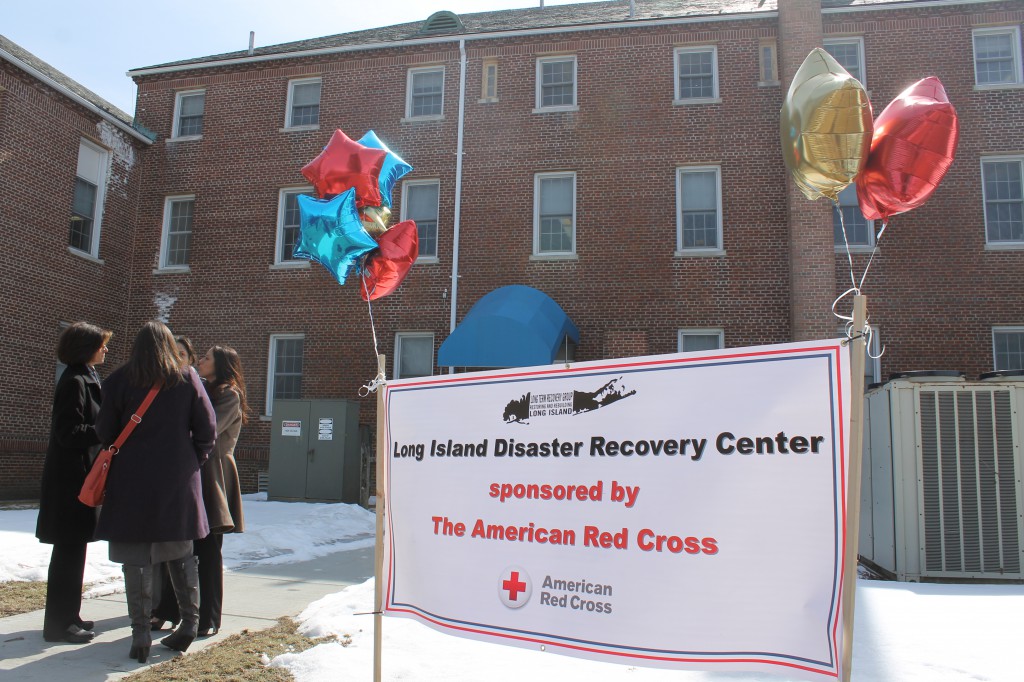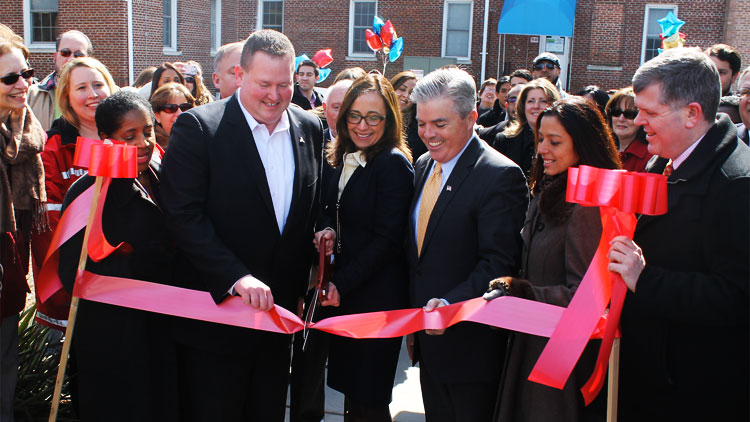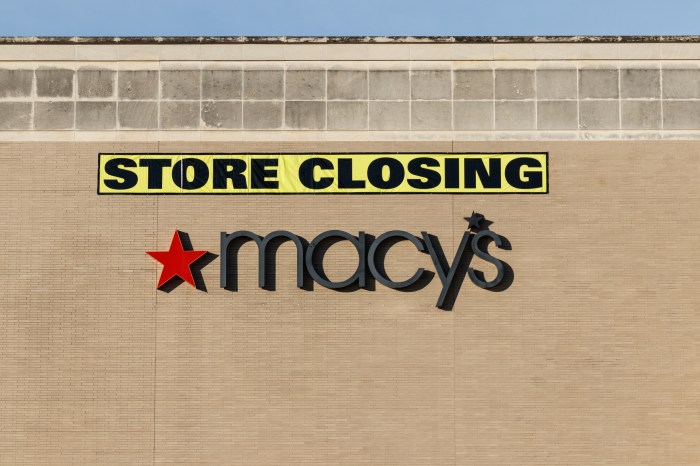Volunteers from Southern Baptist Relief arrived on Long Island 16 months ago just days before Superstorm Sandy barreled in, and have since lived in tents and churches throughout the region as they have kept their vow to stay until reconstruction is complete.
Now they have a home.
The American Red Cross announced Thursday a $599,655 grant to the Health and Welfare Council of Long Island that will fund a disaster recovery center at New York Institute of Technology’s campus in Central Islip, which will house 150 volunteers as they continue rebuilding homes destroyed by the Oct. 29, 2012 hurricane.
“We cannot express out gratitude enough,” Gwen O’Shea, president and CEO of the Health and Welfare Council of Long Island, told Red Cross officials at a press conference outside their new command center. She said the new space will allow volunteers to continue the “long term phase” of aiding Sandy victims who feel like they’re “being ignored and forgotten.”
The facility will serve as a command center where dozens of volunteer groups, including the Red Cross, United Way, Health and Welfare Council of Long Island, Southern Baptist Disaster Relif and other agencies will use their combined efforts to assist residents still suffering from the storm. The center will also be available for disaster case management—helping victims through the process—and other mental health needs. The new space includes a kitchen, warehouse, office spaces and meeting rooms.
The funding will also go toward rebuilding efforts, the Red Cross said.
Dozens of volunteers formed a smiling backdrop during the press conference as they prepared to enter their new digs, which they will be working out of for the next year.
Relief organizers on hand for the event are no strangers to one another. Many of them worked out of an old Sleepy’s warehouse in Hicksville, which the furniture company donated for free, until they had to give up the space just prior to the one-year anniversary of the storm. The cavernous warehouse was also used to store supplies and donated goods, but since moving out, the groups have been forced to pay thousands of dollars to rent a space big enough to store all their items. O’Shea said they’re still looking for donations to pay for storage.

Suffolk County Executive Steve Bellone commended volunteers for their continued efforts more than year after the storm, and called them the “hardiest, warmest, giving people you can imagine.”
“It does take a village to help a community rebuild,” he added.
Mickey Caison, a Southern Baptist Disaster Relief leader, acknowledged that the “critical” housing problem had him thinking about pulling the plug on Long Island, but was convinced by O’Shea to stay.
“I cannot tell you how important it is to understand the complexity of what’s going on,” Caison said. “I’ve worked in disasters all across our country and our world since 1989 and I’ve never moved into a community following a disaster that there wasn’t a better set of leadership skills and commitment and passion than we found on Long Island.”
“Amen!” said Bill Johnson, Southern Baptist Disaster Relief North American Mission Board project coordinator and volunteer from Kentucky.
Caison said volunteers are committed through July. The group is in the process of extending their stay on the Island until August, and possibly even later.
“We want to continue to serve in the community,” he said. “The community does not realize how many homes are still in the affected state, that have not been touched, that have not been helped in anyway. And we’ve got to understand that our fellow citizens have great needs.”
Video of the Press’ tour of the old recovery center in Hicksville:

































